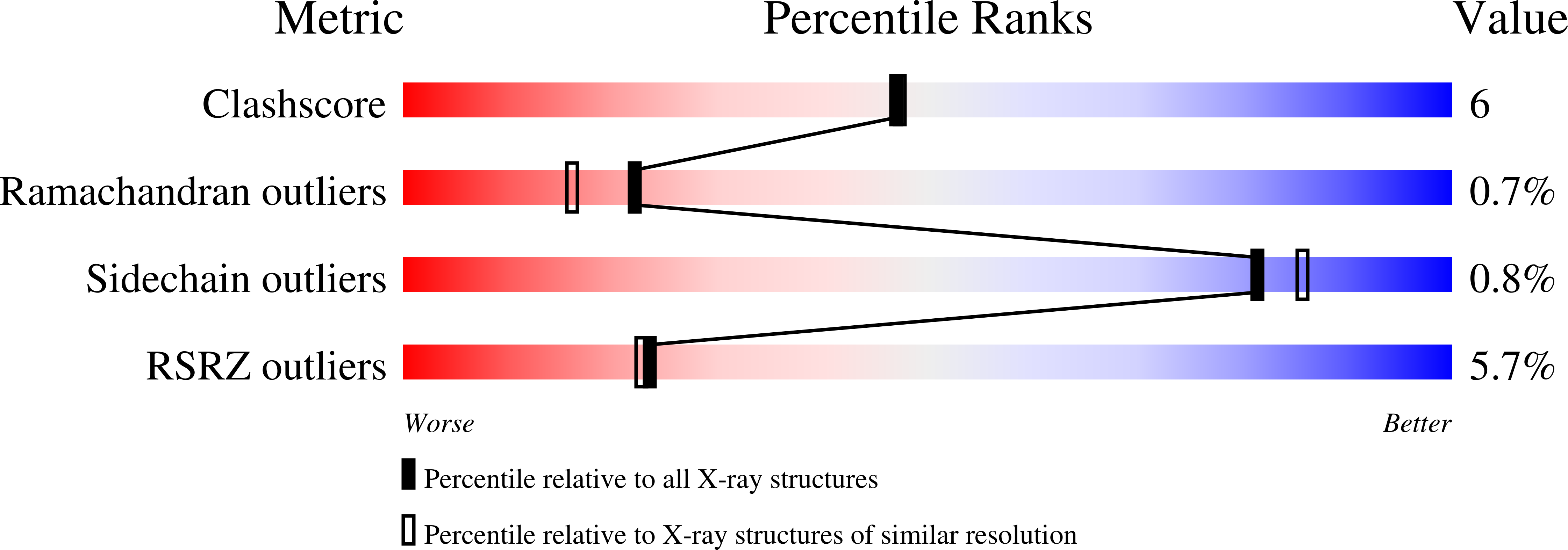Sequence swapping does not result in conformation swapping for the beta4/beta5 and beta8/beta9 beta-hairpin turns in human acidic fibroblast growth factor
Kim, J., Lee, J., Brych, S.R., Logan, T.M., Blaber, M.(2005) Protein Sci 14: 351-359
- PubMed: 15632285
- DOI: https://doi.org/10.1110/ps.041094205
- Primary Citation of Related Structures:
1PZZ, 1Q03, 1Q04 - PubMed Abstract:
The beta-turn is the most common type of nonrepetitive structure in globular proteins, comprising ~25% of all residues; however, a detailed understanding of effects of specific residues upon beta-turn stability and conformation is lacking. Human acidic fibroblast growth factor (FGF-1) is a member of the beta-trefoil superfold and contains a total of five beta-hairpin structures (antiparallel beta-sheets connected by a reverse turn). beta-Turns related by the characteristic threefold structural symmetry of this superfold exhibit different primary structures, and in some cases, different secondary structures. As such, they represent a useful system with which to study the role that turn sequences play in determining structure, stability, and folding of the protein. Two turns related by the threefold structural symmetry, the beta4/beta5 and beta8/beta9 turns, were subjected to both sequence-swapping and poly-glycine substitution mutations, and the effects upon stability, folding, and structure were investigated. In the wild-type protein these turns are of identical length, but exhibit different conformations. These conformations were observed to be retained during sequence-swapping and glycine substitution mutagenesis. The results indicate that the beta-turn structure at these positions is not determined by the turn sequence. Structural analysis suggests that residues flanking the turn are a primary structural determinant of the conformation within the turn.
Organizational Affiliation:
Kasha Institute of Molecular Biophysics, Florida State University, Tallahassee, FL 32306-4380, USA.



















